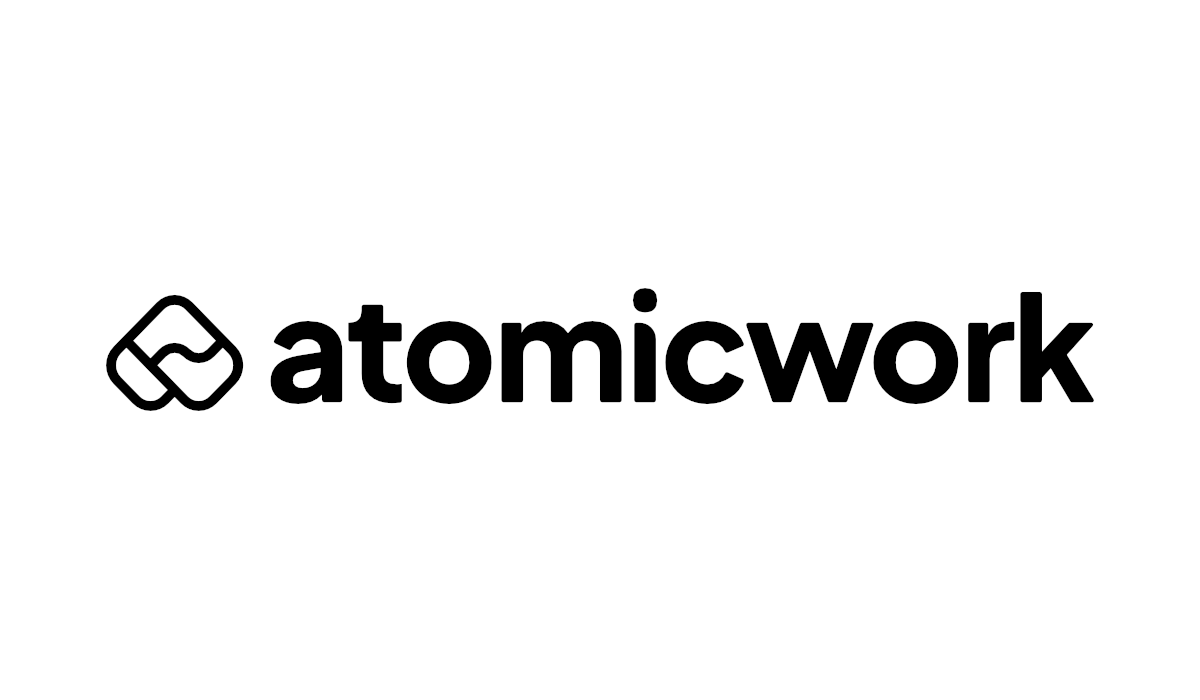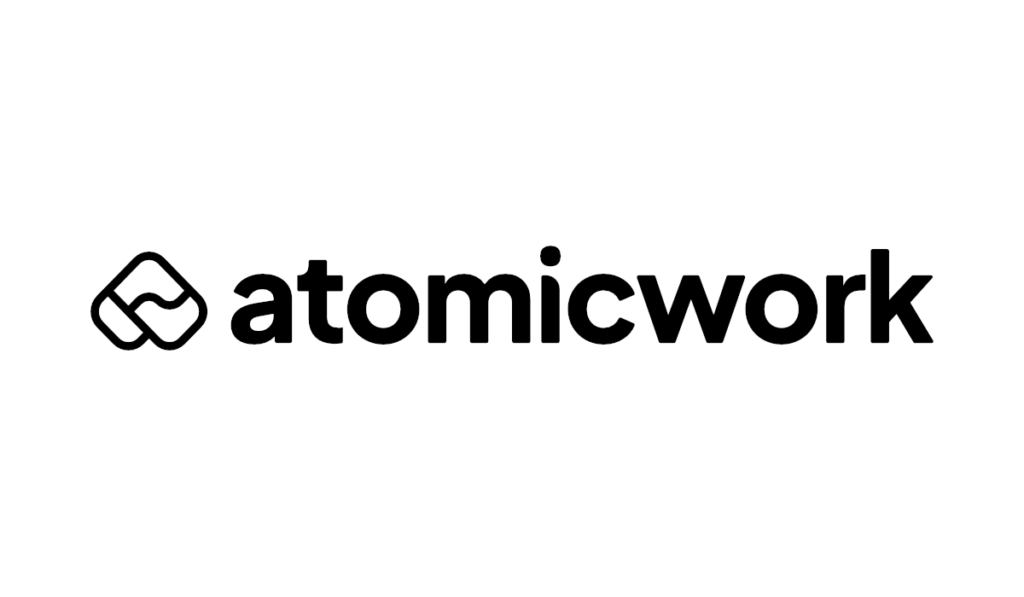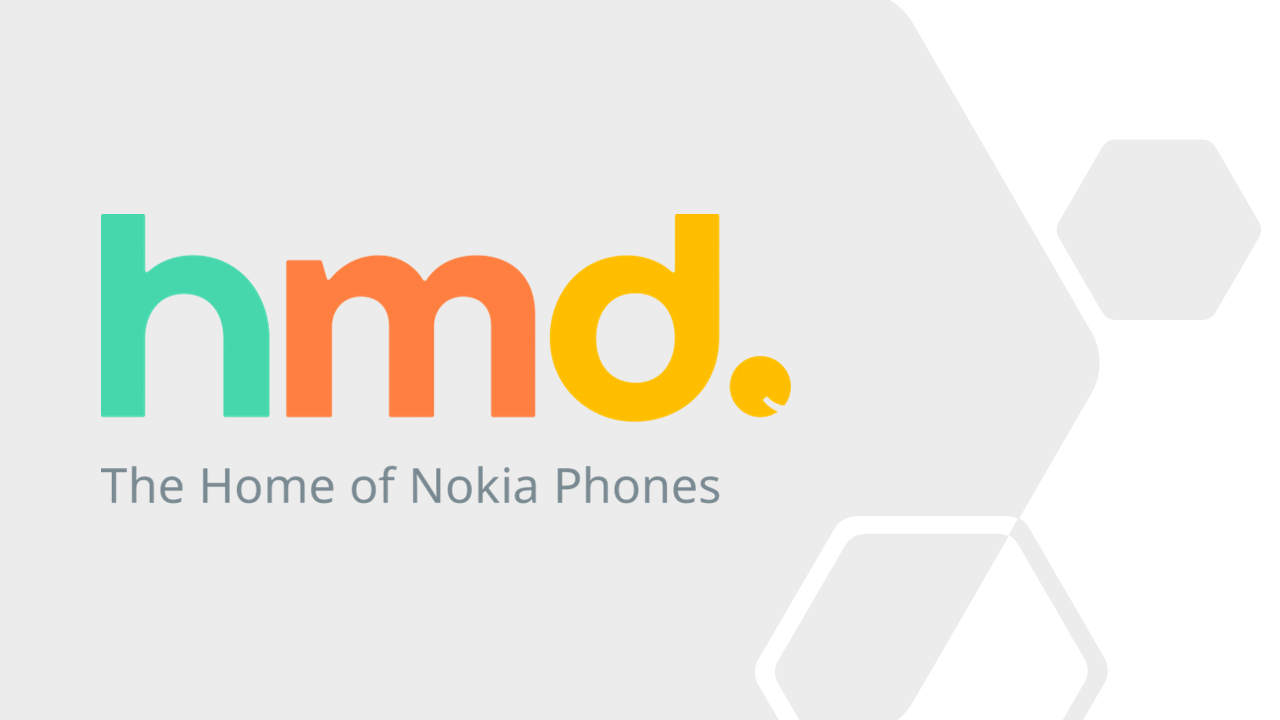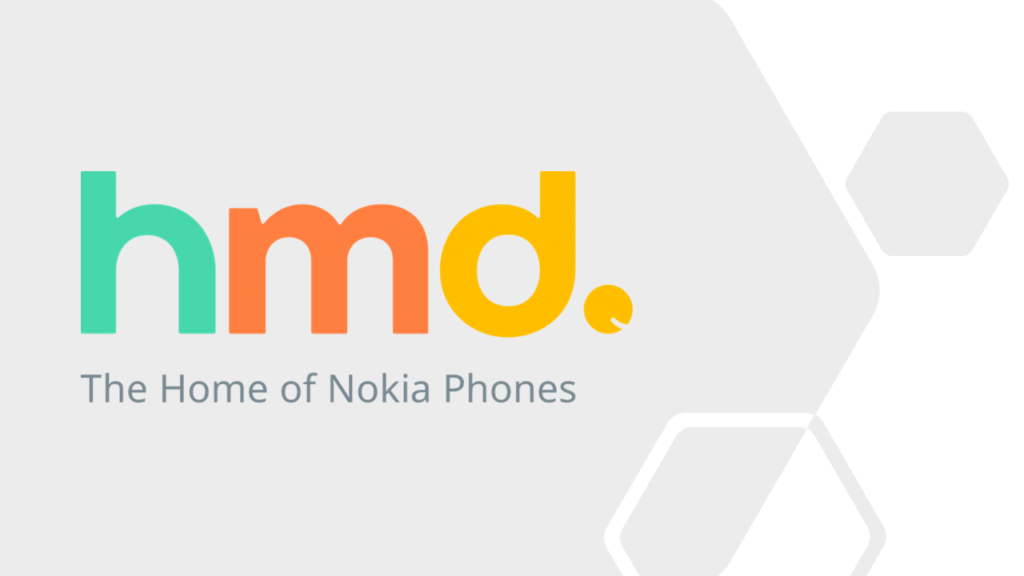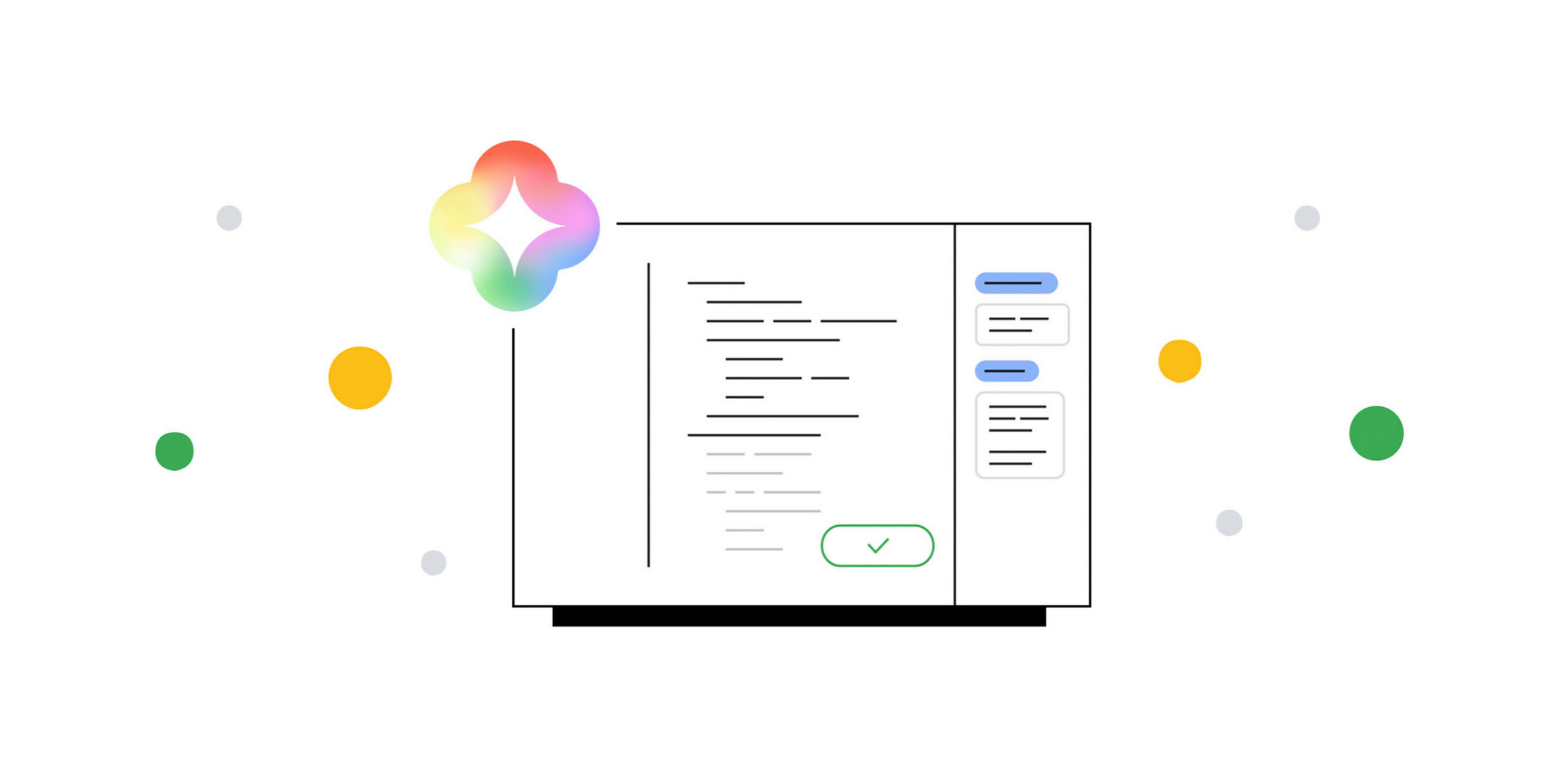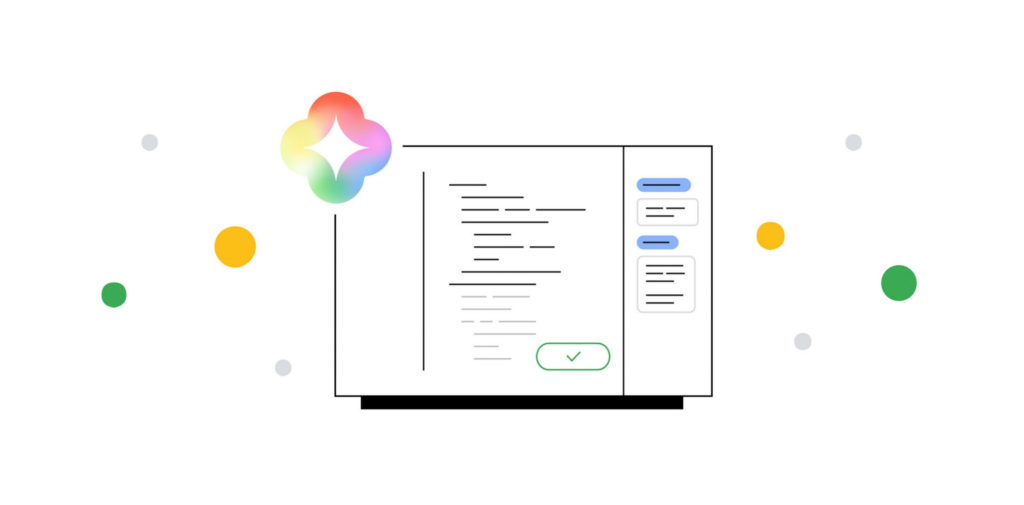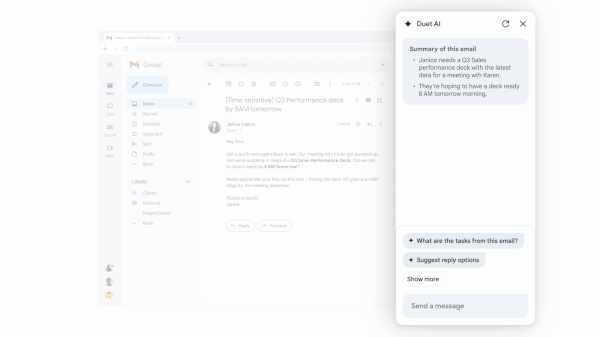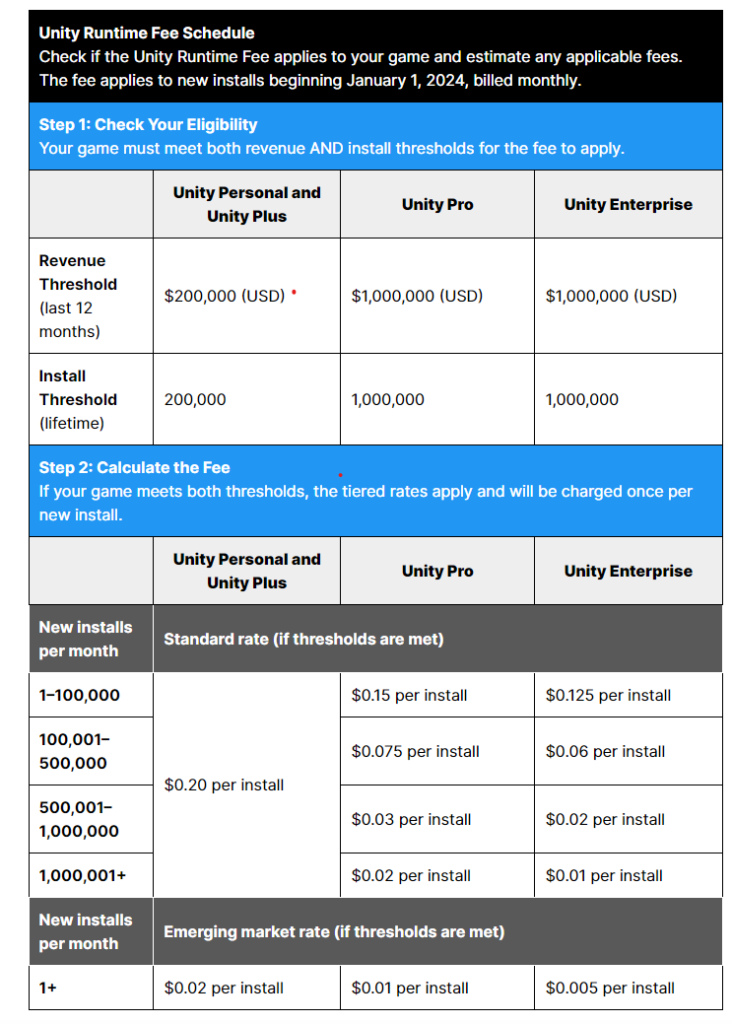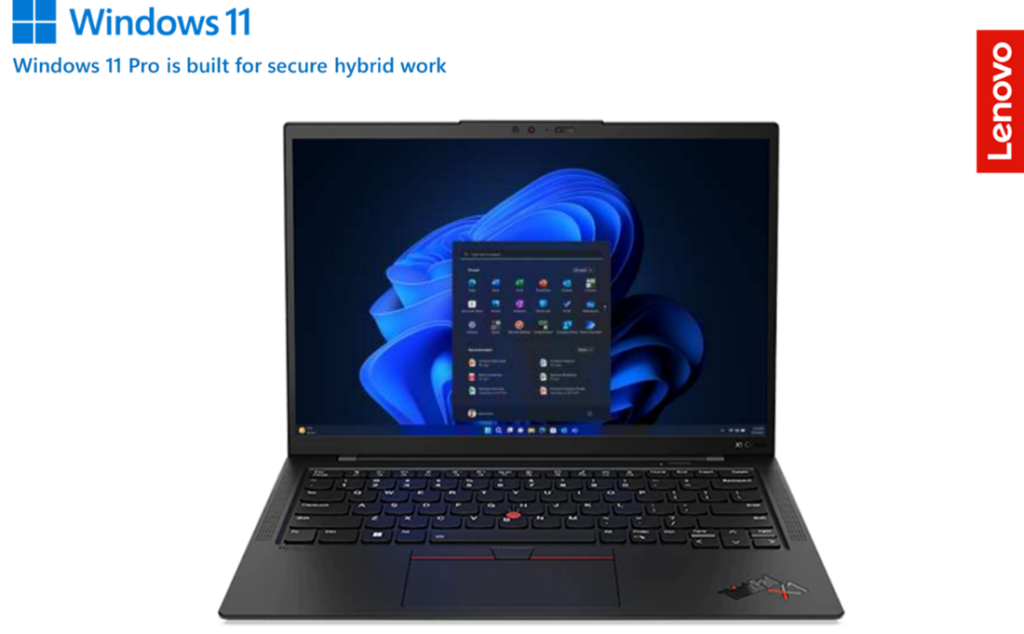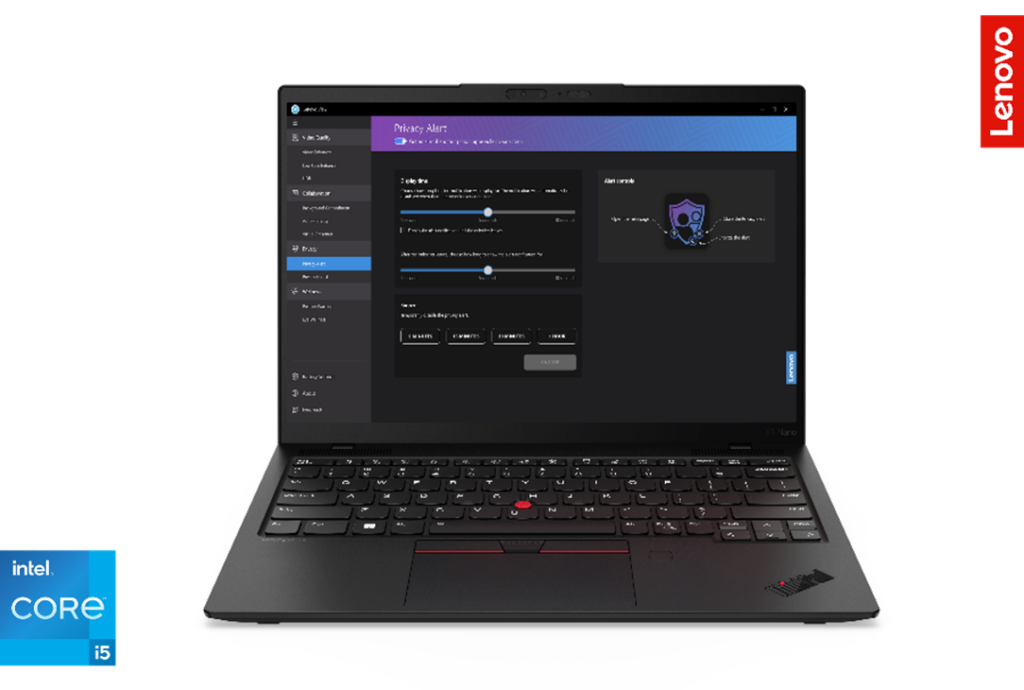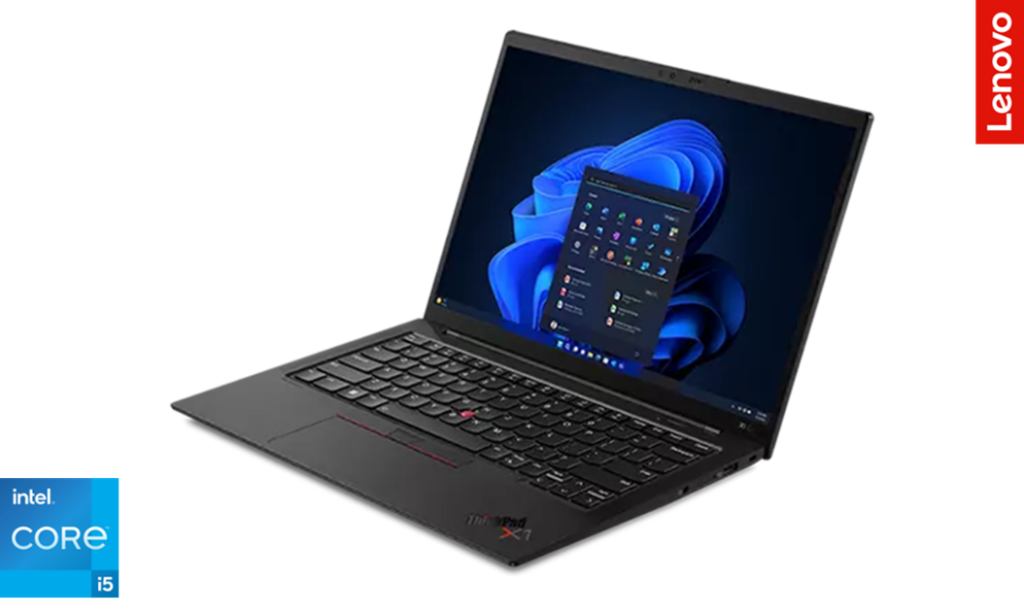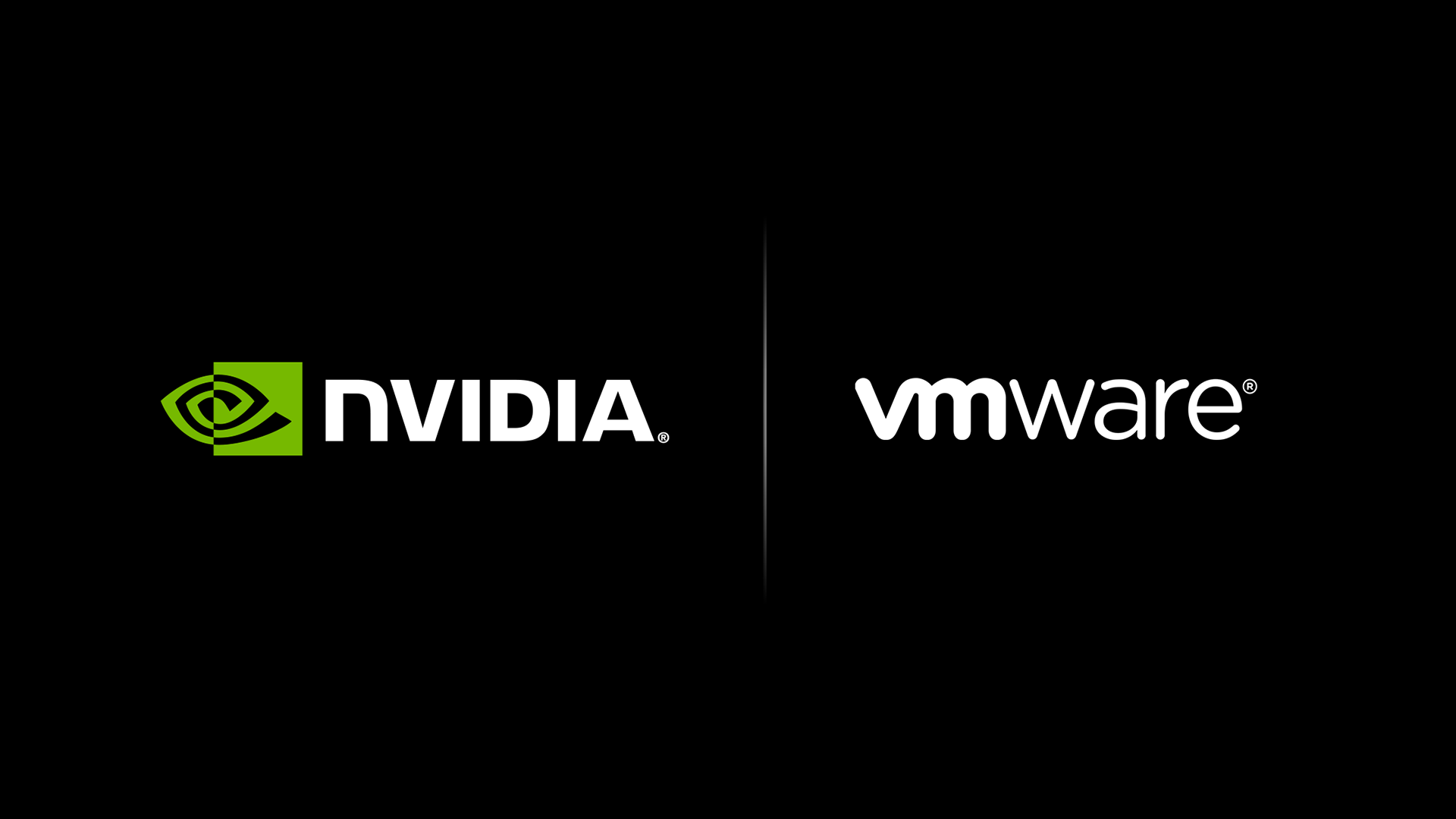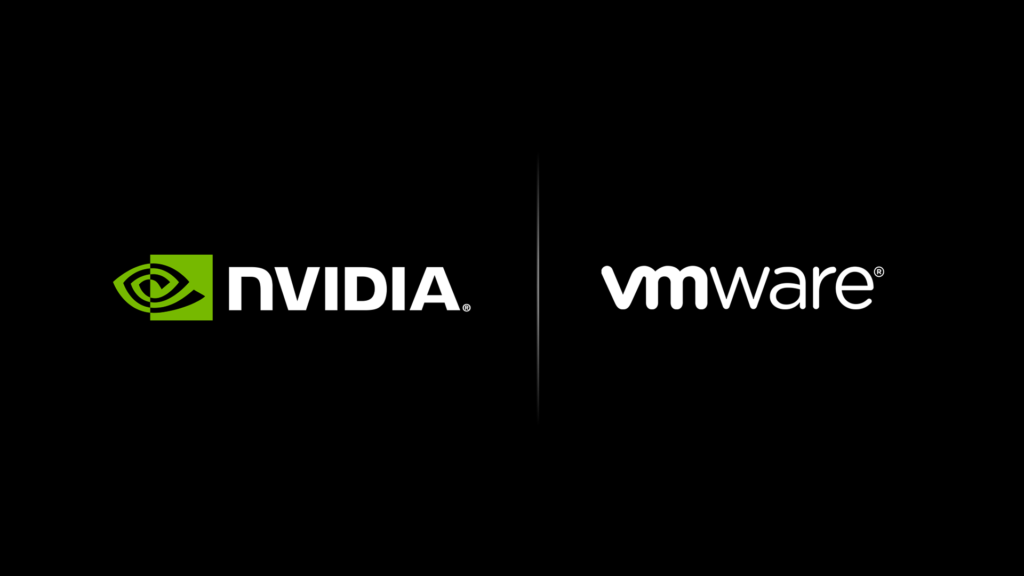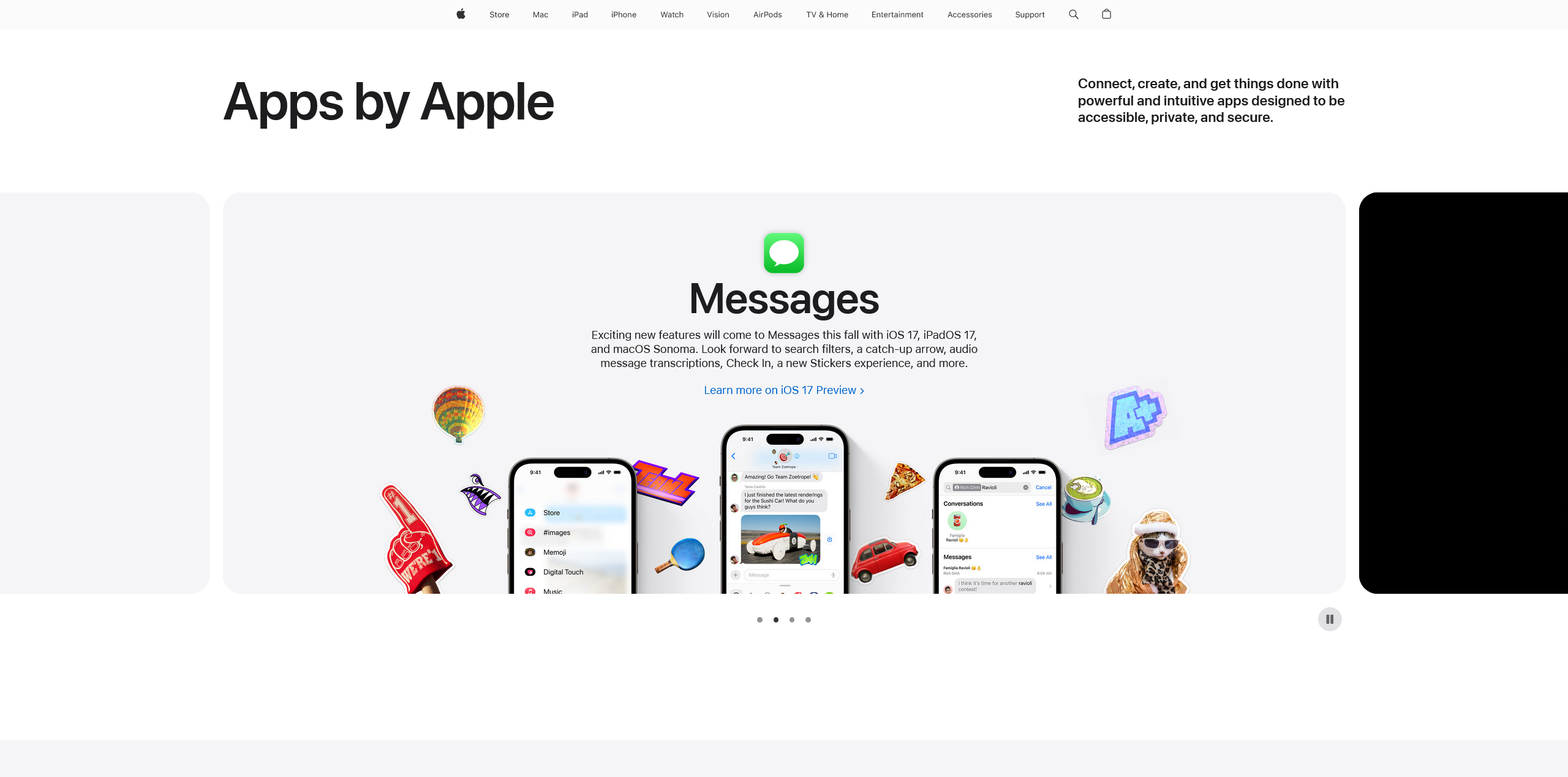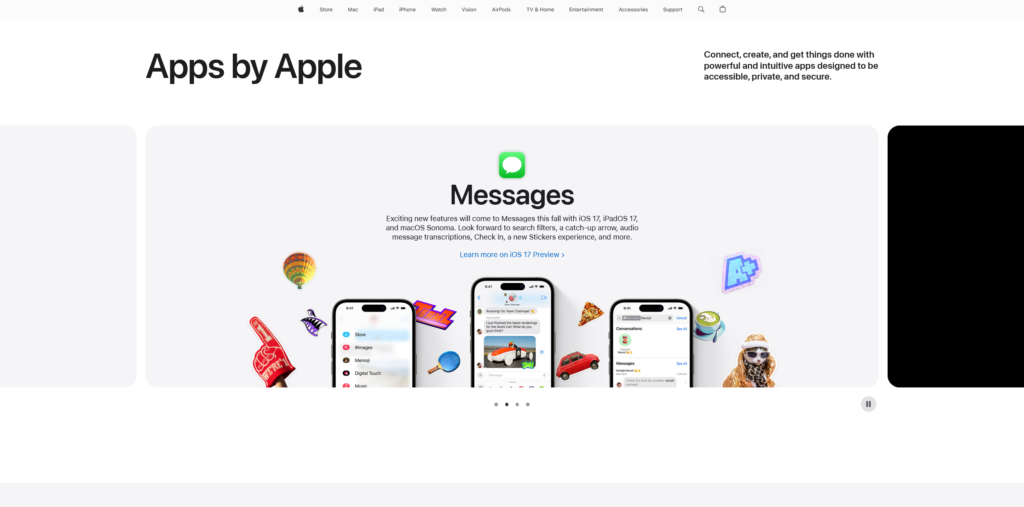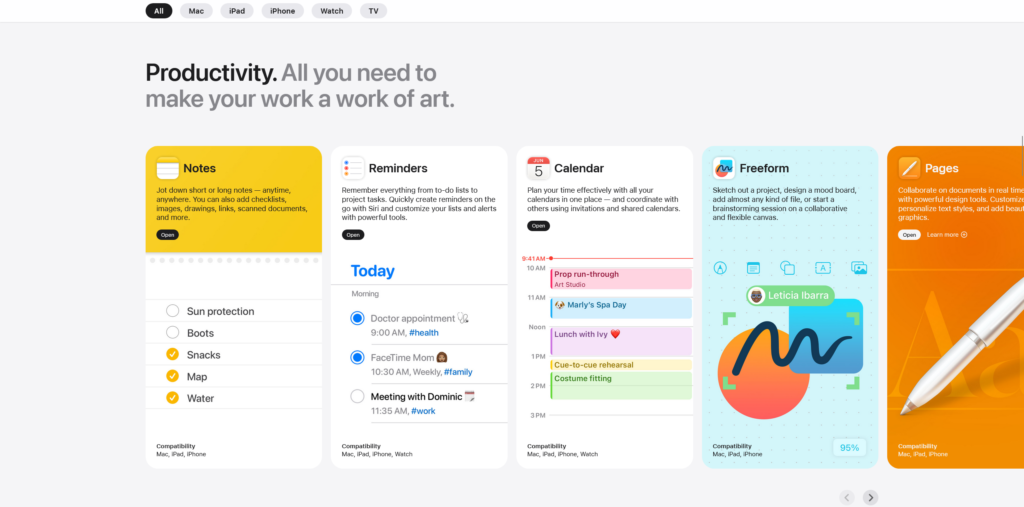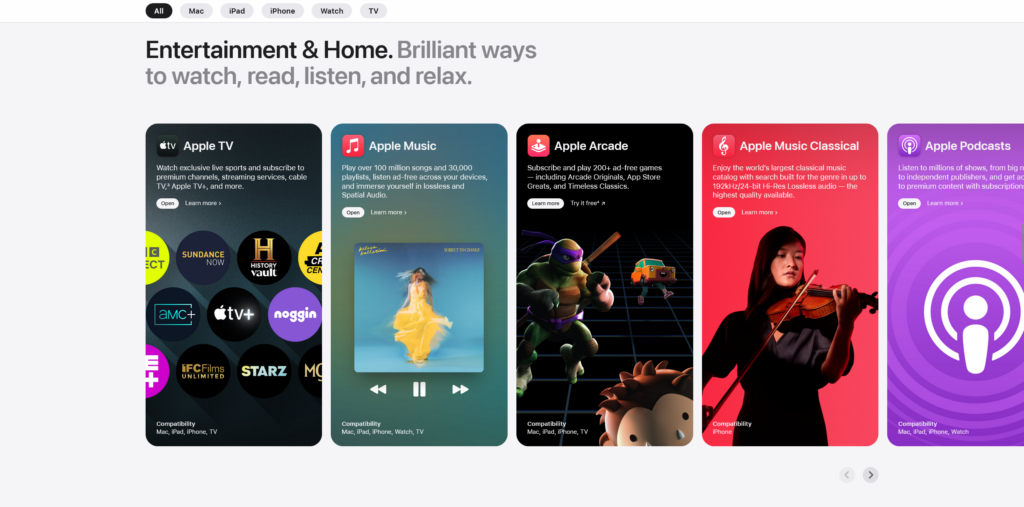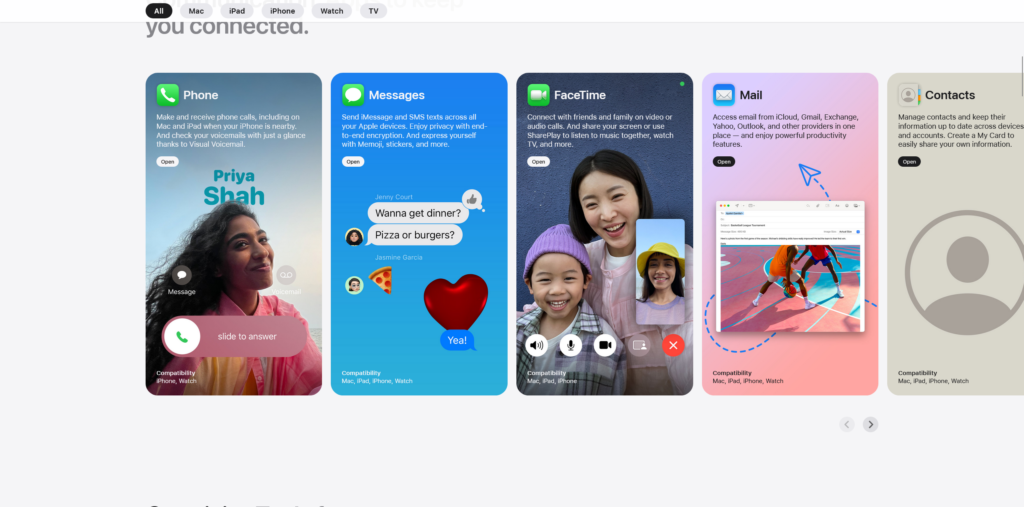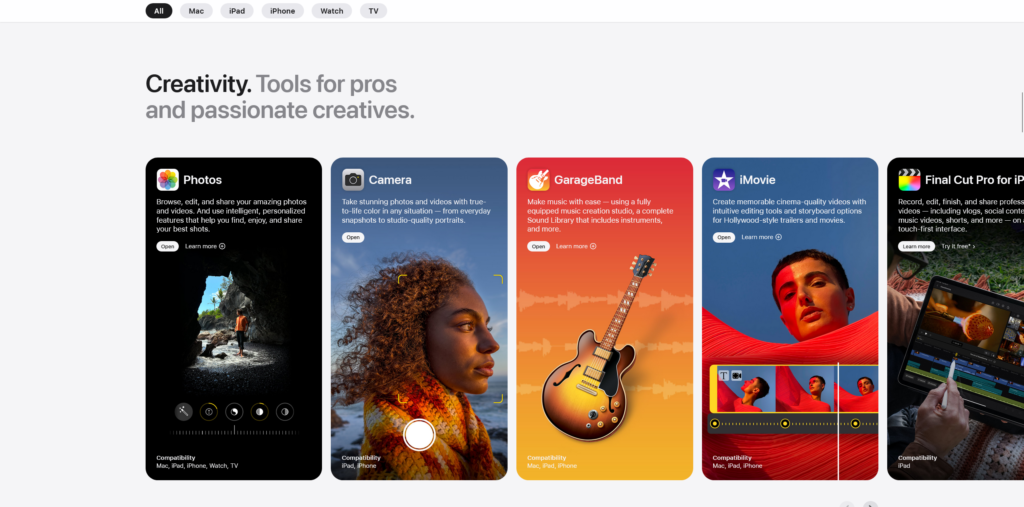The landscape of work is evolving rapidly, and technology is at the forefront of this transformation. To navigate the complexities of hybrid work, VMware has unveiled a series of innovative AI integrations within its Anywhere Workspace platform, an integral part of the VMware Cross-Cloud services portfolio. These integrations leverage the power of data, intelligence, and automation to enhance employee experience, bolster vulnerability management, and streamline application lifecycle management. In essence, VMware Anywhere Workspace is designed to provide a seamless and secure workspace accessible from any device or location.

A Holistic Approach to Enhancing Employee Experience
VMware is a pioneer in harnessing data and automation to elevate the employee and IT experience. The latest enhancements include Insights and Playbooks that utilize expanded data sources and advanced machine learning algorithms to enhance the Digital Employee Experience (DEX). This broader access to data strengthens VMware Insights and enables more effective issue remediation.
One noteworthy addition is app performance scores, supplementing the existing experience scores for mobile devices, desktops, and virtual environments. This means that if a SaaS app experiences downtime, IT is immediately alerted, and employees are automatically informed, eliminating the need for cumbersome support tickets.

But it’s not just about providing more data to IT; it’s about empowering them to work smarter. VMware’s AI-driven Insights now incorporate anomaly detection, identifying potential experience issues for frontline devices and VDI environments, in addition to mobile and desktop setups. This latest announcement introduces Playbooks, enabling IT to create step-by-step remediation workflows for efficient incident resolution. Success rate analytics automate the resolution process over time.
George March, Manager of Digital Workspace and Development at USA Health, praised Workspace ONE intelligence for streamlining lifecycle management and enhancing security. Their roadmap includes implementing the ITSM connector, and with the addition of remediation playbooks, they anticipate further streamlining their help desk support teams’ workflows.
Partnering for Security and Manageability
End-to-end manageability and security for distributed workforces are paramount. VMware recognizes the importance of collaboration with best-of-breed partners to achieve these goals. To this end, VMware has expanded its partnership with Intel to create a cloud-native integration of Workspace ONE with Intel vPro®. This integration enables secure and remote device management directly from the cloud, eliminating the need for additional on-premises infrastructure and management software.
With this integration, IT teams gain below-the-OS vulnerability insights for vPro-powered devices, enhancing security. It also provides centralized visibility into these devices, accelerating patch remediation cycles for devices beyond office perimeters, even when they are powered off. This results in improved security and compliance, with higher patch saturation and minimal disruption to employee productivity.
Simplifying Virtual Environments with Modern App Management
Managing and delivering applications across various virtual environments has grown increasingly complex. Silos of legacy tools have compounded inefficiencies. VMware has introduced Apps on Demand, powered by VMware App Volumes, to address this challenge. It unifies app management and intelligently deploys apps to published app hosts or non-persistent desktop environments based on real-time app usage.

Moreover, VMware is expanding App Volumes support to deliver apps on demand to persistent virtual desktops. This automation of app delivery streamlines processes with remarkable compatibility and cost savings. VMware App Volumes is the only solution capable of delivering and managing apps across multiple virtual desktop and app deployments.
Boeing’s Remarkable Hybrid Work Transformation
Boeing, a global leader in aerospace, leverages VMware Workspace ONE to support its extensive global workforce. Comprising 140,000 employees across the globe, Boeing’s workforce plays a crucial role in developing, manufacturing, and servicing aerospace and defence products.
Recognized as a ‘Hybrid Workforce Innovator,’ Boeing has utilized VMware Anywhere Workspace to enable its employees to work from anywhere globally. This transformation has not only improved the user experience but has also fortified security for devices and applications.
Kristina Ross, Boeing Workplace Solutions Director for Research & Technology, emphasized that Workspace ONE has streamlined their transition to modern management, enhanced scalability, and shifted their focus from infrastructure to business-facing solutions.

